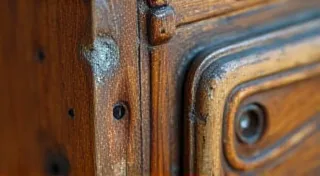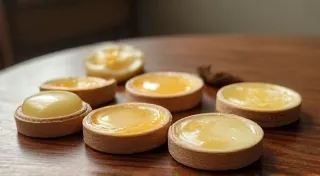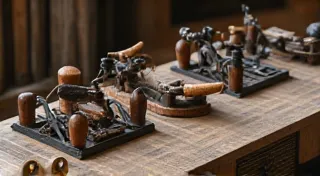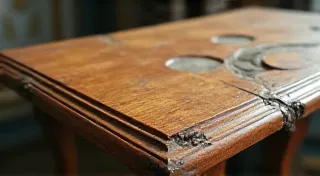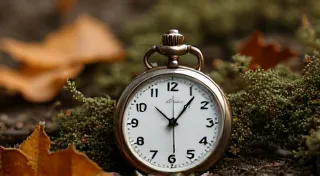Identifying and Repairing Woodworm Damage in Antique Furniture
Woodworm, often mistakenly called woodworm, is a common problem affecting antique furniture. These destructive insects, primarily beetle larvae, bore tunnels within the wood, weakening its structure and diminishing its value. Identifying and treating woodworm damage is a crucial part of antique furniture restoration, ensuring the longevity and beauty of these treasured pieces. This guide provides a comprehensive look at identifying woodworm, understanding the causes, and applying effective treatment methods.
Understanding Woodworm: More Than Just a Term
The term "woodworm" is a broad one, encompassing various species of beetles whose larvae feed on wood. The most common culprits in antique furniture are the common furniture beetle (*Anthrenus punctatus*) and the old house borer (*Cerambyx cerdo*). While the term “woodworm” implies a worm-like creature, it’s actually the larvae of these beetles that cause the damage. Adult beetles are small and relatively harmless, primarily concerned with reproduction. It’s the larval stage, lasting months or even years, that actively tunnels and weakens the wood.
Identifying Woodworm Damage: What to Look For
Early detection is key to preventing extensive damage. Here’s what to look for when inspecting antique furniture:
- Small Exit Holes: These are the most obvious sign. Look for tiny (typically 1-3mm diameter) round holes in the surface of the wood. The adult beetles bore these holes to exit the wood and mate. You might see fine sawdust-like material (frass) around the holes.
- Tunnels: If you carefully probe the surface with a thin blade or needle, you might feel tunnels beneath the surface. These tunnels can be short or extend deep into the wood.
- Sound: Tapping the wood with a gentle, controlled knock can sometimes reveal hollow areas indicative of tunneling. A solid tap will produce a clear, ringing sound. A dull thud suggests decay or tunneling.
- Active Beetles: In severe infestations, you might see adult beetles crawling on or near the furniture, particularly in dark, undisturbed areas.
- Frass: This is the finely ground wood dust left behind by the larvae. It often accumulates in corners and crevices.
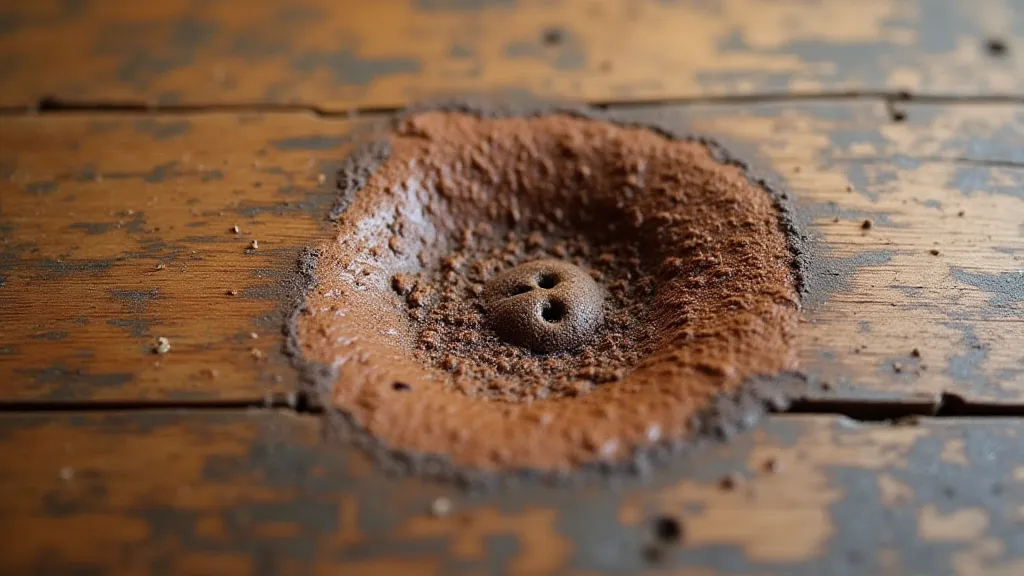
Causes and Contributing Factors
Woodworm infestations thrive in specific conditions. Understanding these factors can help prevent future problems:
- Moisture: High humidity and damp conditions create an ideal environment for woodworm larvae.
- Poor Ventilation: Lack of airflow allows moisture to accumulate within the wood.
- Type of Wood: Softwoods like pine and fir are more susceptible to woodworm than hardwoods like oak and mahogany. However, even hardwoods can be affected, especially if they are old, weakened, or already decayed.
- Age and Condition: Older furniture is naturally more vulnerable, as the wood has had more time to weaken. Furniture stored improperly or exposed to damp conditions is at greater risk.
Treatment Options: A Step-by-Step Guide
The best approach to treating woodworm damage depends on the severity of the infestation. Here's a breakdown of common methods:
1. Assessment and Preparation
- Thorough Inspection: Determine the extent of the damage. Use a strong light and magnifying glass.
- Cleaning: Remove any loose frass and debris from the surface and crevices.
- Isolation: Move the affected furniture away from other items to prevent the infestation from spreading.
2. Mild Infestations: Surface Treatment
- Borate Treatment: Dissolve borate powder (such as Borax) in hot water and apply liberally to the surface and into any visible holes. Borates are a natural insecticide and fungicide, penetrating the wood and killing larvae.
- Commercial Woodworm Kills: These products typically contain permethrin or other insecticides. Follow the manufacturer's instructions carefully, ensuring adequate ventilation and protecting yourself with gloves and a mask.
3. Severe Infestations: More Intensive Measures
- Timber Injection: This involves injecting insecticide directly into the tunnels using a specialized tool. It's a more targeted approach for heavily infested areas.
- Heat Treatment: Heating the furniture to a specific temperature (around 55-60°C or 131-140°F) for a prolonged period can kill all stages of the woodworm life cycle. This method is best left to professionals.
- Wood Replacement: In cases of extensive damage, it may be necessary to replace severely weakened sections of wood. This requires careful matching of wood type and grain to maintain the furniture's integrity.
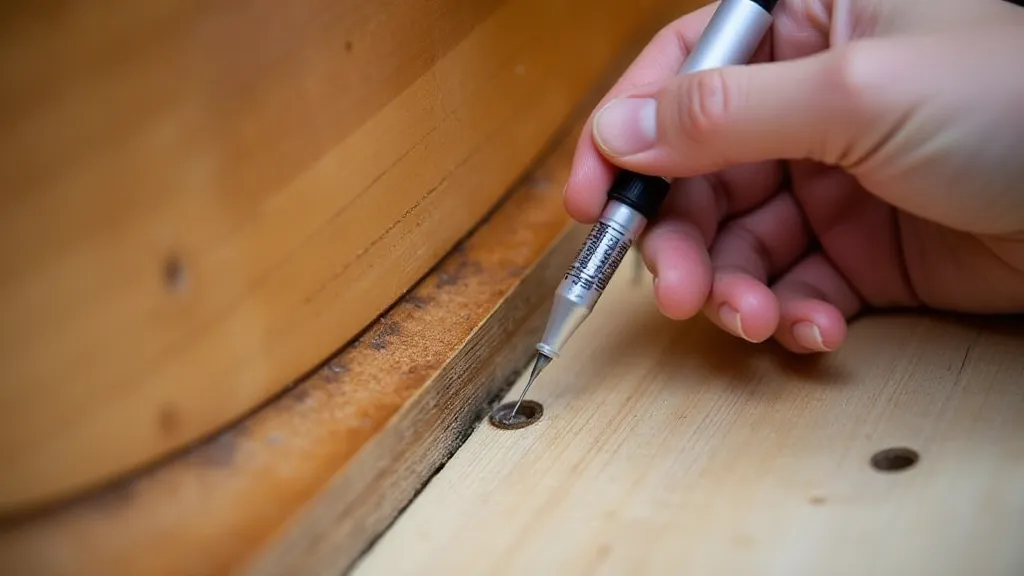
Prevention: Keeping Woodworm at Bay
Preventing woodworm infestations is much easier than treating them. Here are some preventive measures:
- Maintain Proper Humidity: Keep humidity levels below 50% using dehumidifiers or ventilation.
- Good Ventilation: Ensure adequate airflow around antique furniture.
- Regular Inspection: Periodically inspect furniture for signs of infestation.
- Wood Treatment: Consider applying a preventative wood treatment to vulnerable pieces.
- Sunlight: Exposure to sunlight can help dry out wood and deter woodworm.
Conclusion
Dealing with woodworm damage is a common challenge for antique furniture owners. By understanding the signs, causes, and treatment options, you can effectively protect your treasured pieces. Early detection and consistent preventative measures are the best defense against these destructive insects, ensuring that your antique furniture continues to delight for generations to come.

